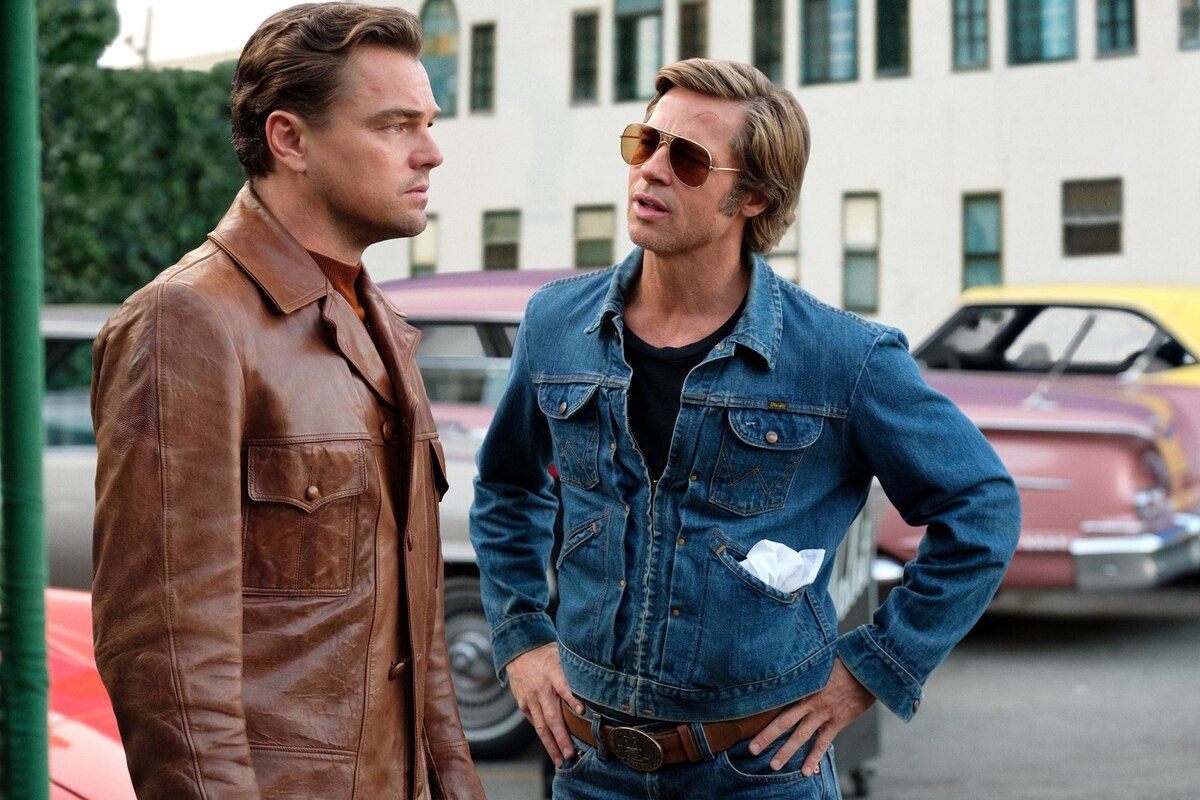The first time I really saw Inglourious Basterds, Quentin Tarantino’s 2009 World War II revenge fantasy, I was with 20 other classmates at a high school screening. It wasn’t my first time seeing the film, but it was my first time experiencing it in a group.
Seen in front of a large, enthusiastic crowd, Inglourious Basterds morphs into an entirely different beast. It’s as if the entire film sharpens into high relief; the edges are suddenly more distinct, the jokes funnier, the long, tense silences more nerve-wracking, and the violence infinitely more explosive. The same is true of almost all of Tarantino’s works: His films often resemble Frankenstein’s monsters, stitched together from the organs of a host of other movies and miraculously brought to life by the sparking energy of a crowd reacting to their uniquely thrilling, often gleefully violent twists and turns.
Once Upon a Time in Hollywood, Tarantino’s latest film, is no exception. It’s a film in which the audience’s reaction is a crucial part of the experience, and in that sense, it is classically Hollywood, a film whose true home is the movie theatre.
The film is centred around the 1969 Manson murders, when members of the infamous Manson family broke into director Roman Polanski’s house and murdered five high-profile Hollywood figures; most notable among them was actress Sharon Tate. In Once Upon a Time in Hollywood, Tate is portrayed as a near-angelic presence by Margot Robbie: Throughout the film she is shown strolling through her idyllic life, a source of awe for more than one of the film’s expansive cast of characters.
The central focus of the film is the duo comprised of Rick Dalton and Cliff Booth, played by Leonardo DiCaprio and Brad Pitt, respectively. Dalton is an insecure, hard-drinking television star at the end of his career, teetering on the edge of despair. The film follows his character through a day of guest-starring on a Western TV show. Booth is Dalton’s cool, detached, and loyal stuntman, whose meanderings through the halcyon world of Los Angeles bring him face-to-face with the menace growing at its heart. The relationship between the two, is the emotional core of the film.
Once Upon a Time in Hollywood is a hangout film, a film that soaks its audience in the gorgeous sights and sounds of its era; automobiles tear down freeways at a comically ferocious pace, and, as the sun sets on the day of the Manson murders, the audience is treated to a grandiose, symphonic sequence in which the city’s neon signs burst into colour. It’s a swaggering, confident, and disjointed journey through 1950s Hollywood, complete with a period-piece soundtrack and rounded off by a spectacularly shocking, fiery climax.
The controversy that has surrounded the ending and many other aspects of the film is as much a part of its impact as the immediate audience reaction to its more divisive scenes. Tarantino remains a provocateur, and in Once Upon a Time in Hollywood, the provocations feel calculated, deliberate, and necessary.
Whether audiences agree or disagree with his vision, nothing beats the feeling of walking out of a theatre with a group of people who have really been through something, who have been challenged, shaken, and confused, but ultimately come out on top. It is this collective experience that makes the film worth seeing, and worth seeing with a crowd, and it is a vision of the loss of this collective experience that ultimately justifies the poignant melancholy of its ending.









